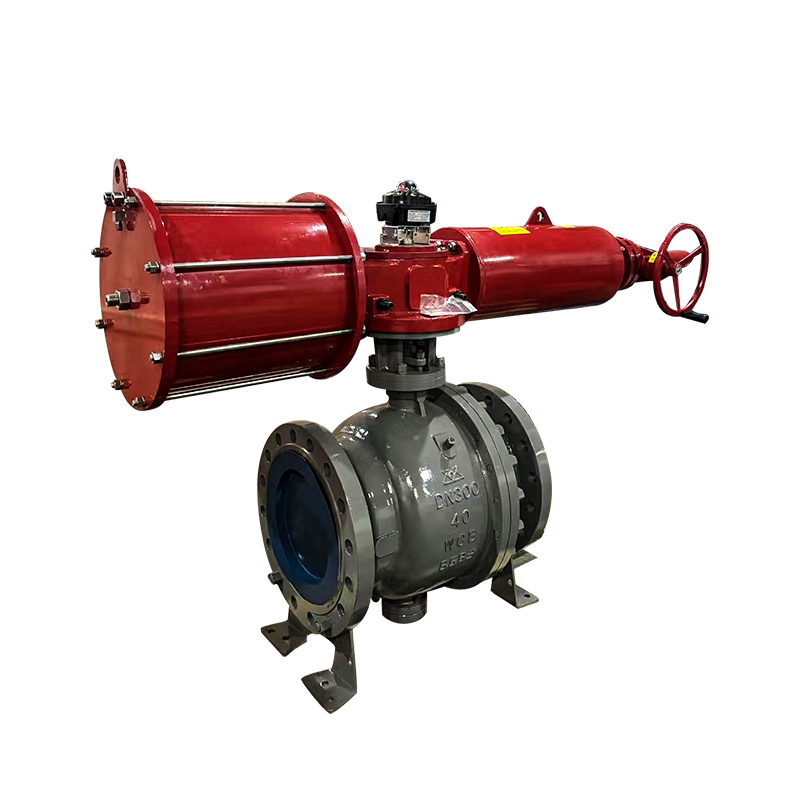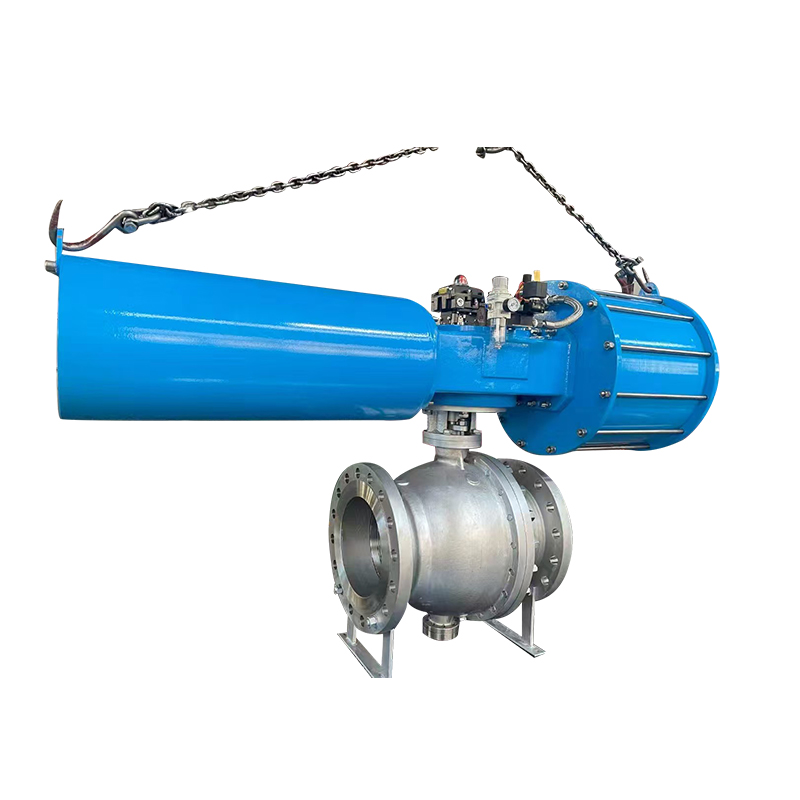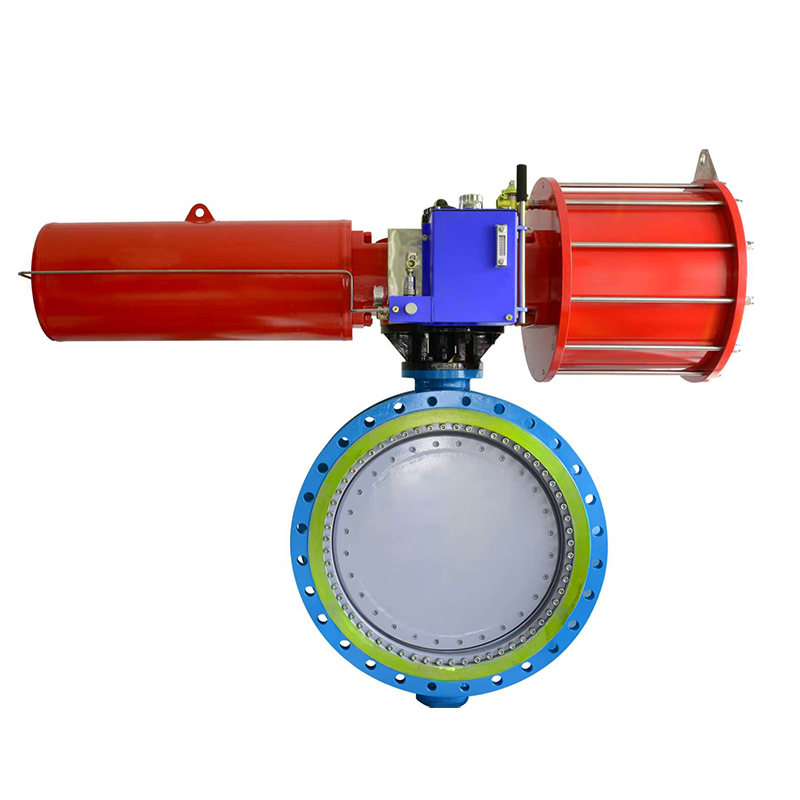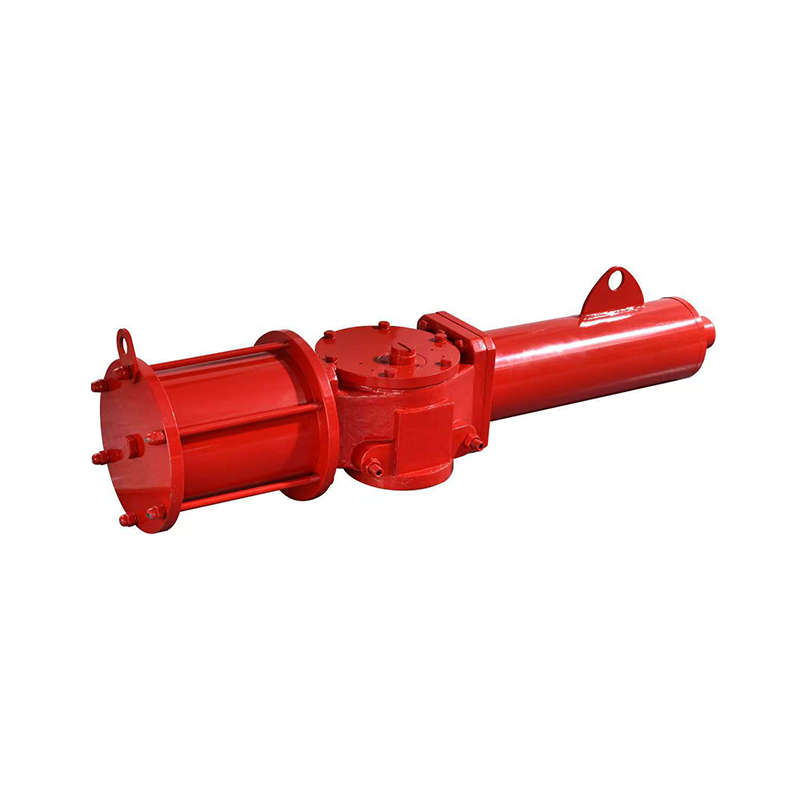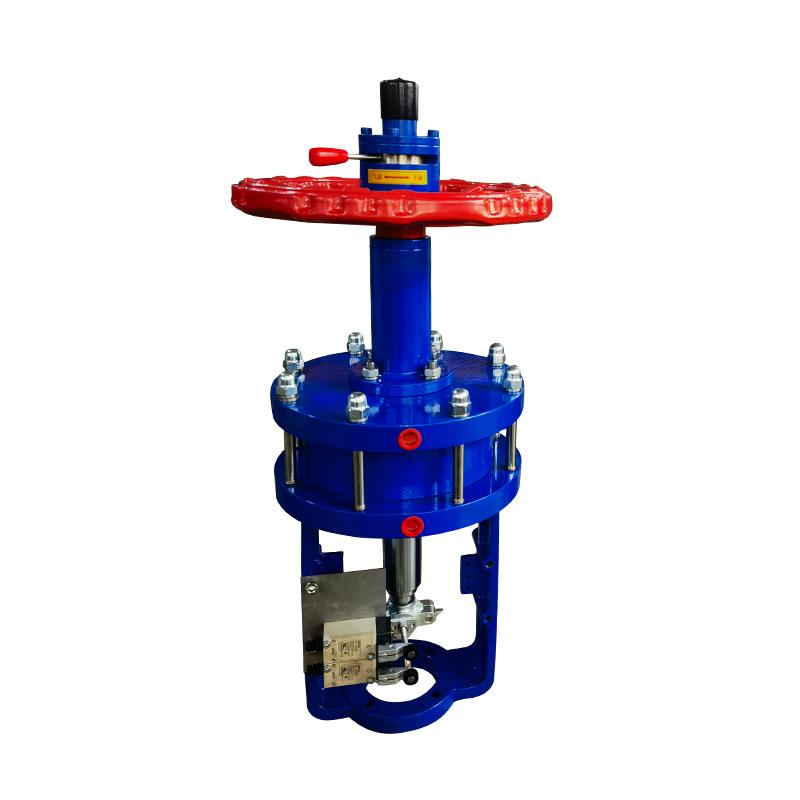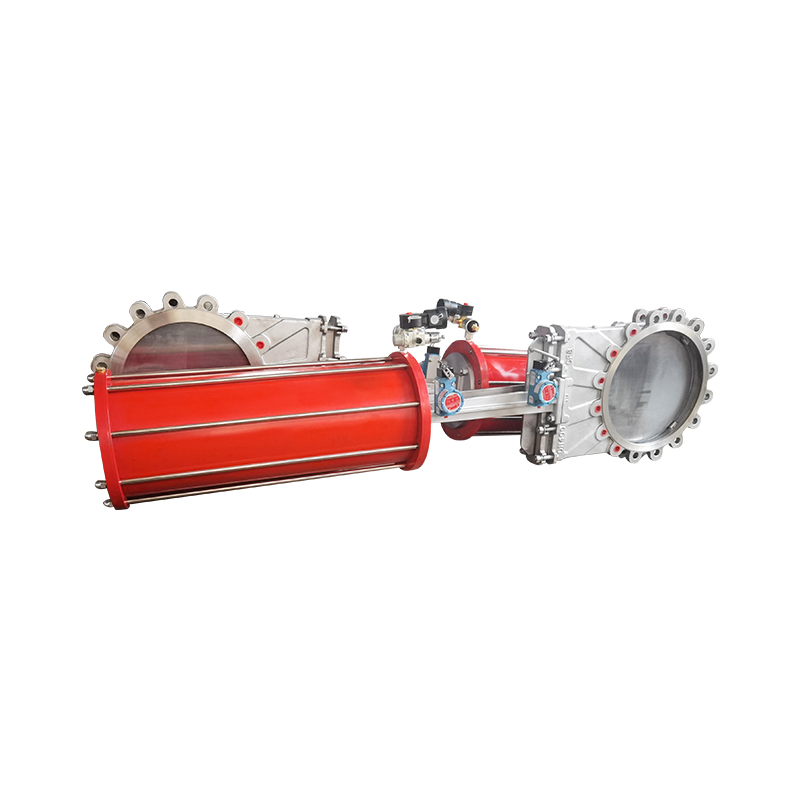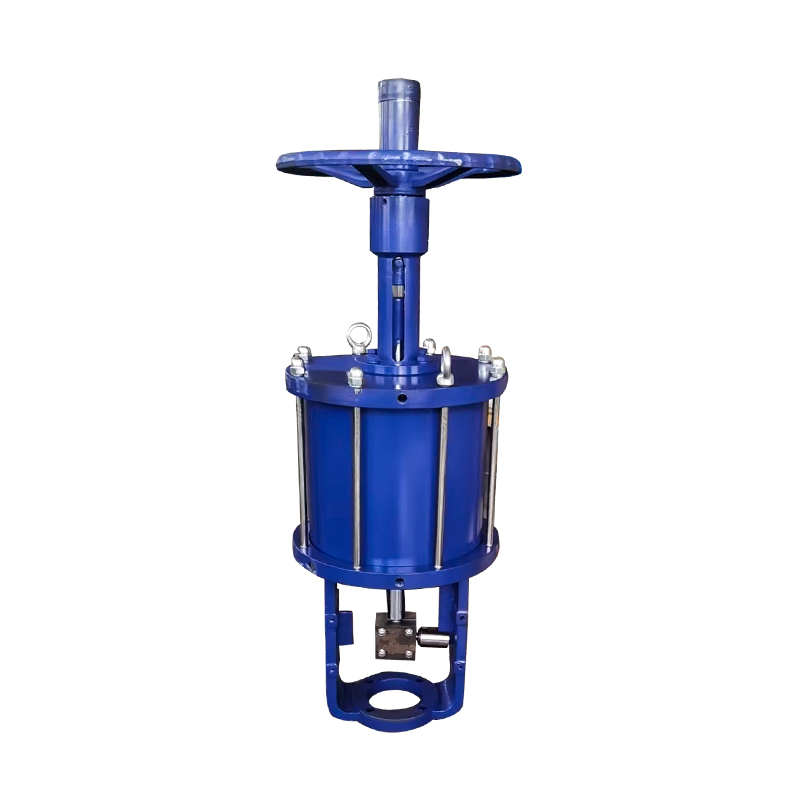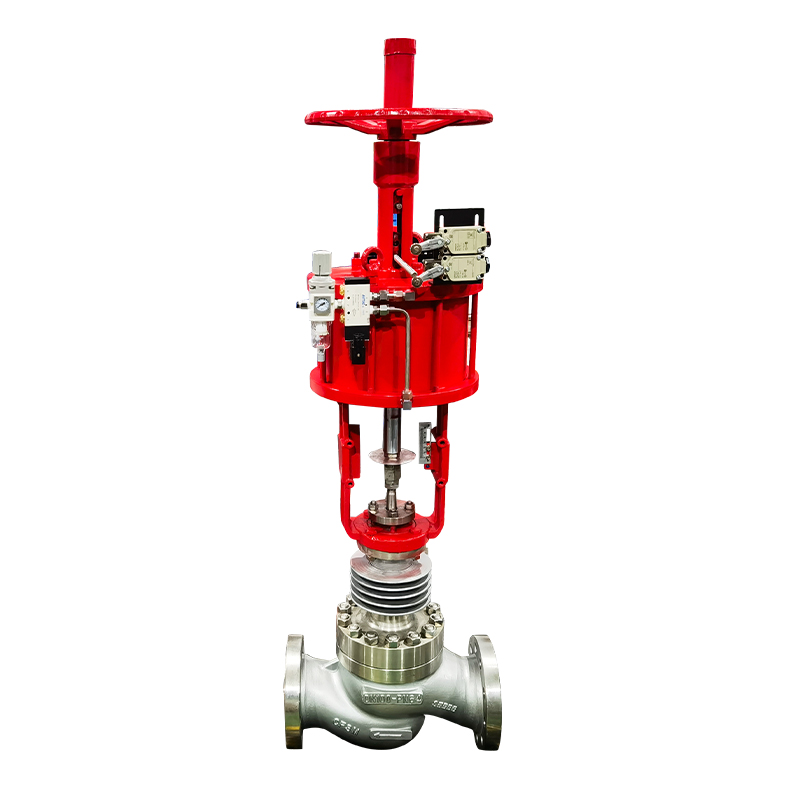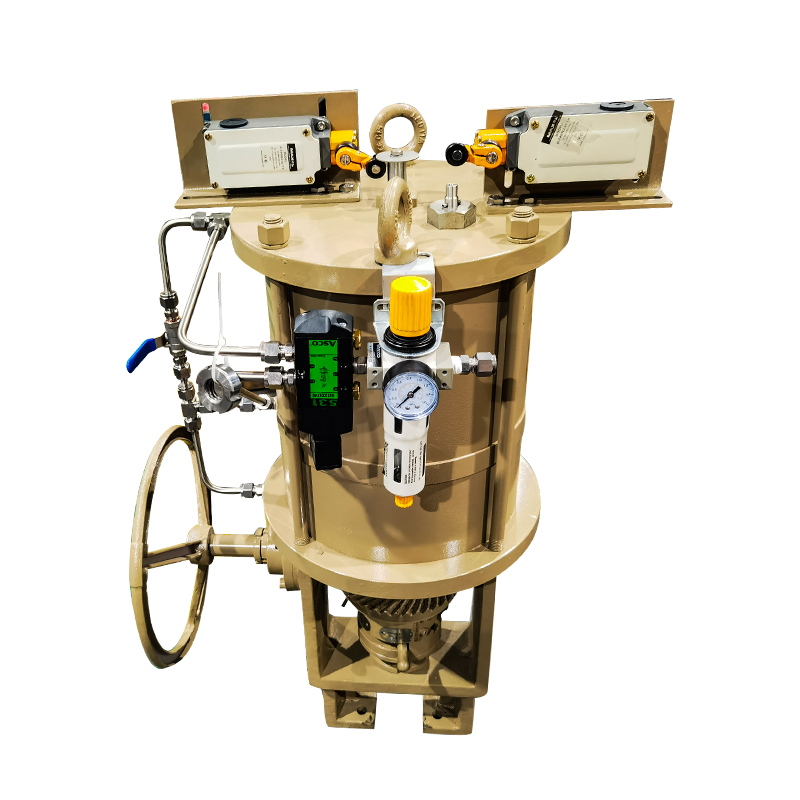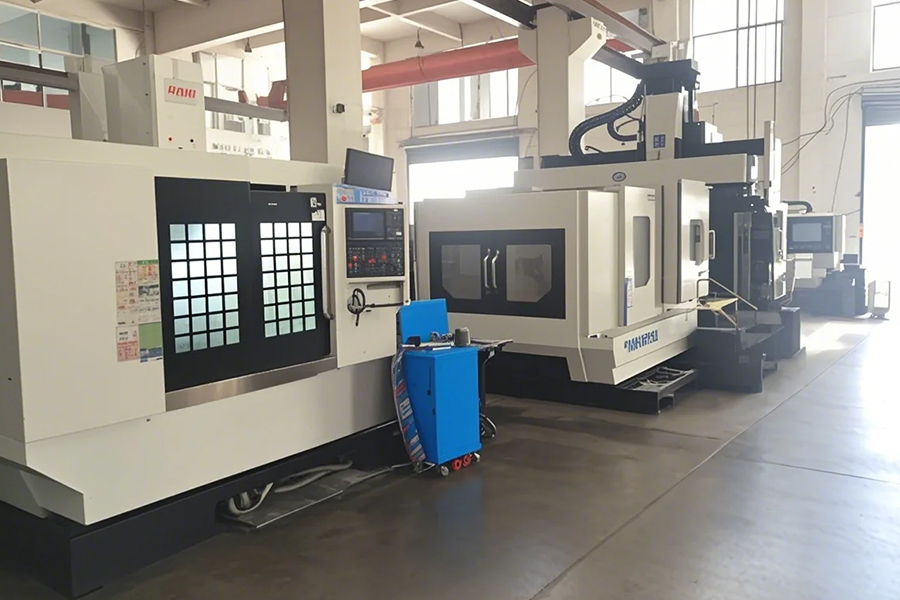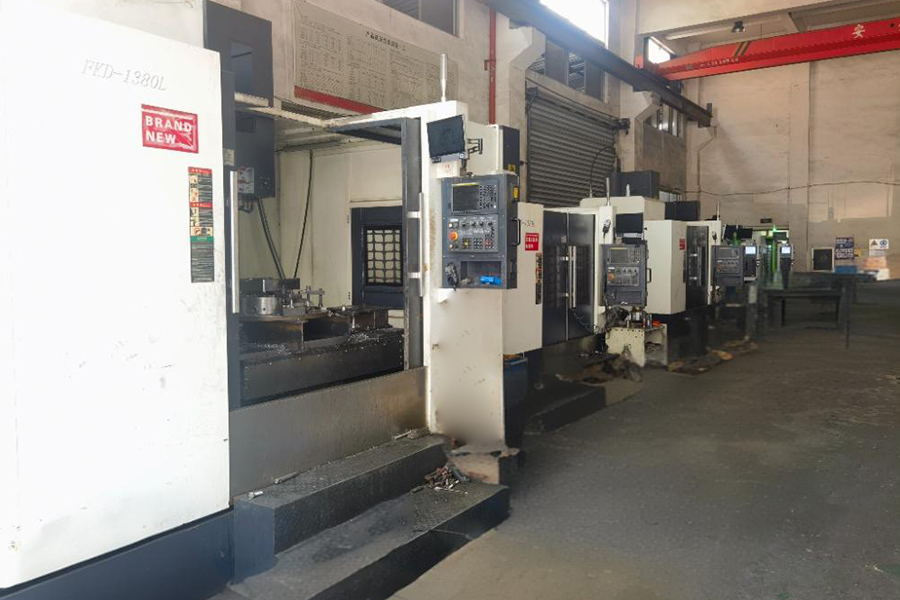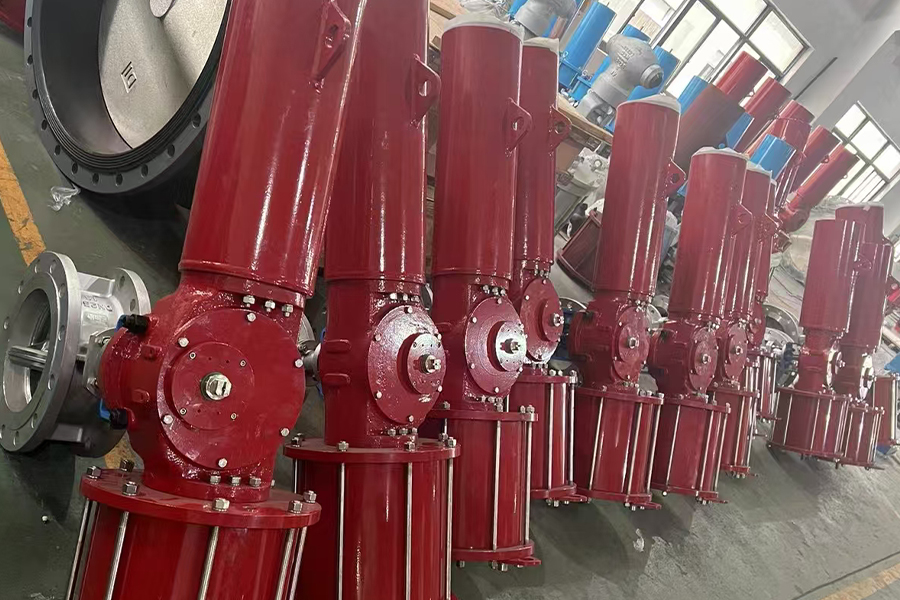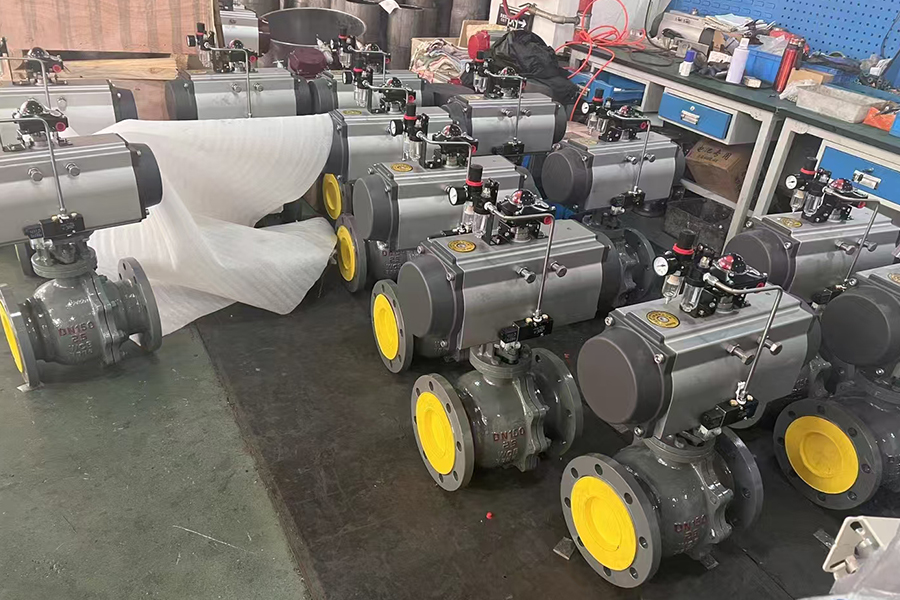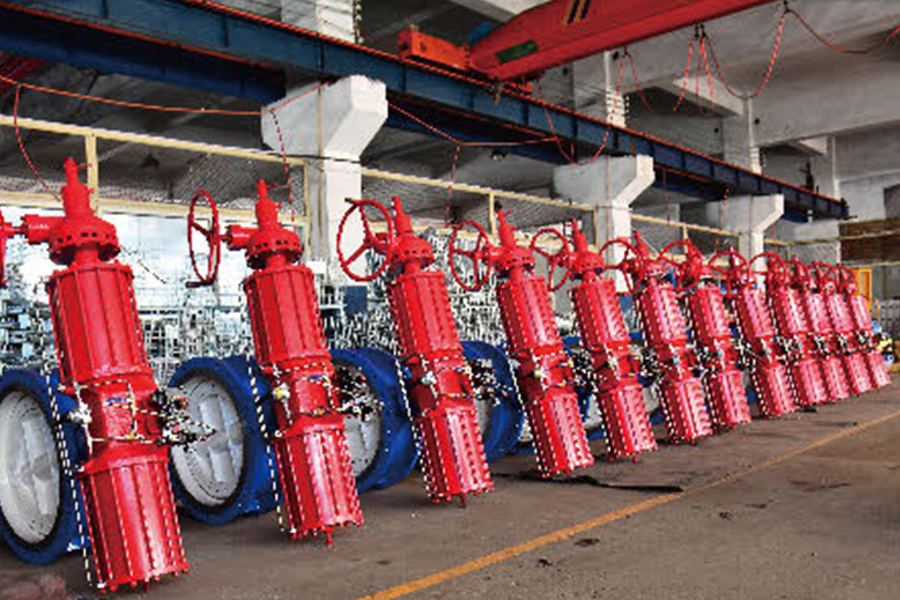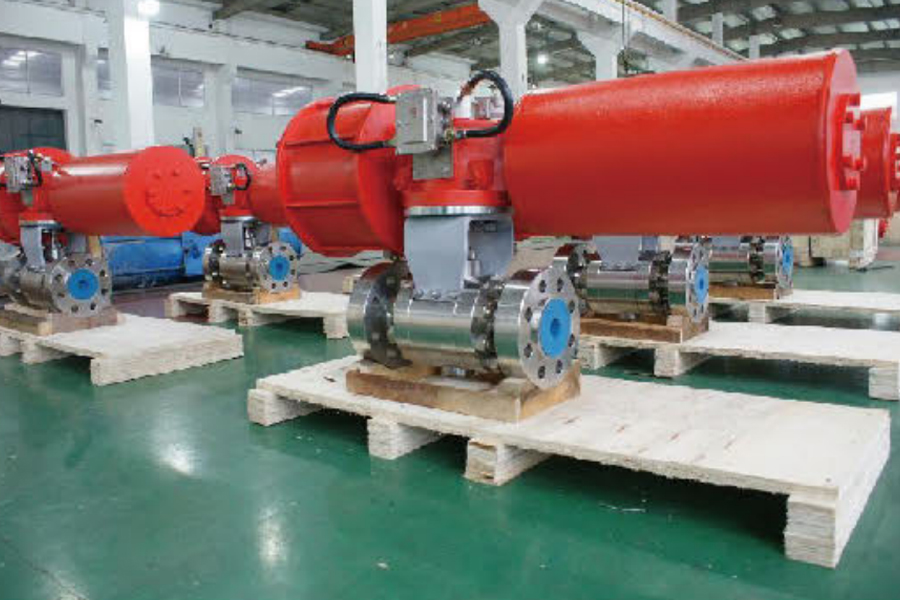The installation of an air actuated butterfly valve is a critical process that requires attention to detail to ensure the valve functions within a system. Air actuated butterfly valves are commonly used in industries such as water treatment, chemical processing, and HVAC systems. These valves are controlled by pneumatic actuators, providing remote or automatic operation, making them ideal for situations that demand precise flow control.
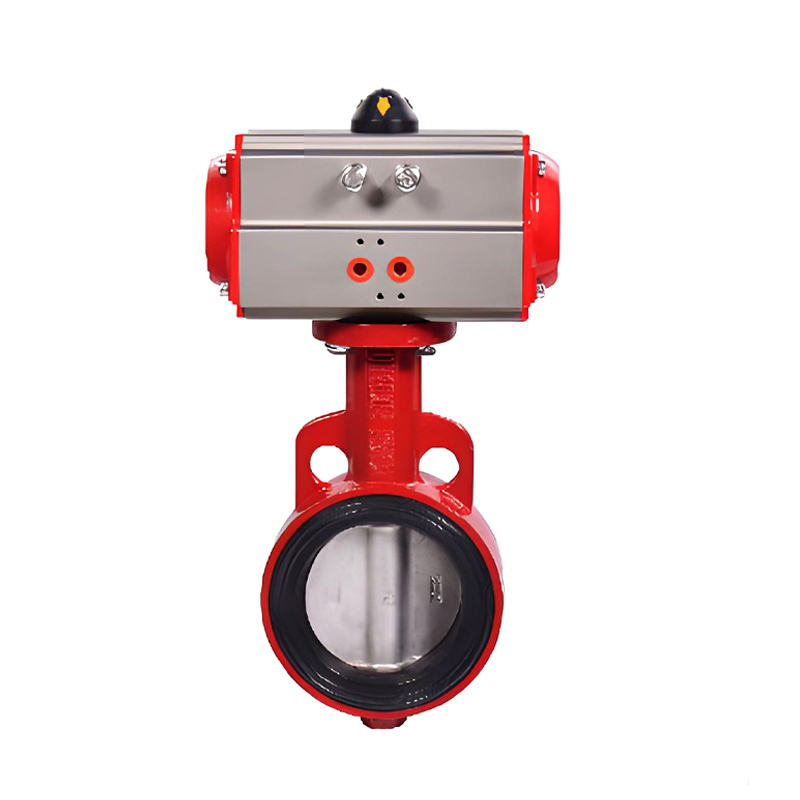
Step-by-Step Installation Process
Preparation: Before installation, verify that the valve size and pressure rating are suitable for the system's requirements. Ensure that the piping system is clean and free from debris to prevent damage to the valve seals.
Positioning the Valve: The air actuated butterfly valve should be installed in a location where it can operate without obstruction. Make sure the valve's flow direction aligns with the arrow indicated on the valve body. The valve can be installed either horizontally or vertically, depending on system specifications.
Connecting the Pneumatic Actuator: The actuator must be connected to a reliable source of compressed air. Ensure that the actuator's control lines are securely connected and that the valve operates smoothly when air pressure is applied. Use appropriate fittings to prevent leaks and maintain system integrity.
Mounting the Valve: Secure the valve between flanges using appropriate bolts and gaskets. Make sure the valve is tightly sealed to prevent leakage. Tighten the bolts evenly to avoid uneven stress on the valve body.
Testing the Valve: Once the installation is complete, test the valve by applying air pressure and checking its response. Ensure that it opens and closes properly, and check for any air leaks around the actuator.
Sanitary butterfly valves with pneumatic actuators are vital components in industries such as food processing, pharmaceuticals, and biotechnologies, where hygiene and fluid control are of importance. Regular maintenance of these valves ensures they function efficiently while preventing contamination and ensuring longevity.
Key Maintenance Tasks
Routine Inspection: Inspect the valve regularly for signs of wear, corrosion, or damage. Focus on the actuator, seals, and butterfly disc. Ensure that the actuator responds appropriately to pneumatic signals and that the valve opens and closes as expected.
Cleaning: Since these valves are used in sanitary applications, regular cleaning is critical. Clean the valve thoroughly with appropriate solutions to avoid the buildup of food or chemical residues that can compromise the valve's functionality. Depending on the application, cleaning could involve sanitizing the valve using steam, hot water, or chemical cleaners.
Lubrication: Ensure that moving parts such as the actuator and shaft are properly lubricated to minimize friction and wear. Use food-grade or non-toxic lubricants that are suitable for sanitary applications. Lubrication helps maintain smooth operation and reduces the risk of actuator malfunction.
Seal and Gasket Checks: Regularly inspect seals and gaskets for signs of damage or wear. Over time, seals may degrade, bring about leaks or contamination risks. Replacing worn-out seals promptly prevents system failure and maintains sanitary conditions.
Calibration and Testing: Periodically test the pneumatic actuator to ensure that it is functioning correctly. Check that the actuator reaches the full open and closed positions as required. Make adjustments to the actuator if necessary, ensuring proper valve response to control signals.
By following these maintenance steps, sanitary butterfly valves with pneumatic actuators will perform reliably, maintain hygiene standards, and prolong their lifespan in critical applications.
Life of Pneumatic Flange Butterfly Valve
The life of a pneumatic flange butterfly valve depends on several factors, including the valve's design, the materials used, and the conditions in which it operates. Typically, these valves are designed to be durable and have a long operational life, but regular maintenance and proper usage are key to their lifespan.
Factors Affecting the Life of Pneumatic Flange Butterfly Valves
Material Quality: The materials used in the construction of the valve play a significant role in determining its longevity. Valves made from high-quality stainless steel or corrosion-resistant alloys tend to last longer, especially in harsh environments like chemical processing or water treatment. Conversely, low-quality materials may wear out faster due to corrosion or abrasion.
Operating Conditions: The environmental conditions and the type of fluid being controlled also impact the valve's lifespan. High-pressure systems, temperatures, or fluids that contain abrasive or corrosive elements will subject the valve to more wear and tear, potentially reducing its life. For performance, it is essential to choose a valve that is suitable for the specific operating conditions.








